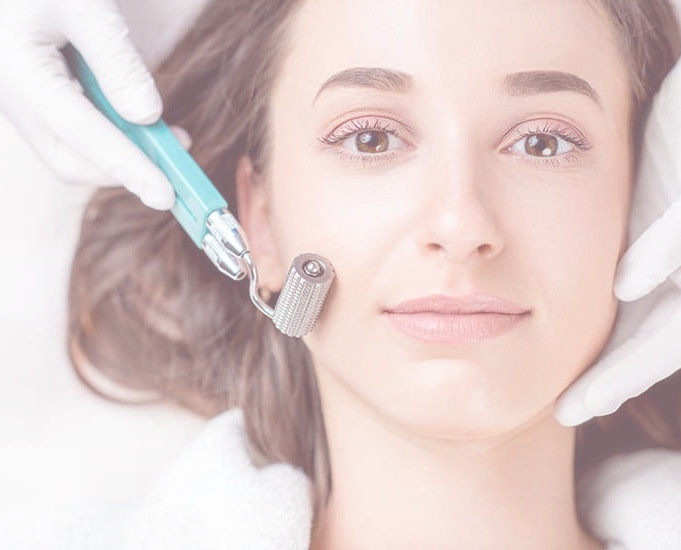Collagen Induction Therapy
Collagen Induction Therapy
Collagen Induction Therapy (CIT), also known as skin needling or microneedling, uses a CIT Pen with very fine needles to create tiny channels in the skin.
This process stimulates the body’s natural healing response, encouraging the production of collagen and elastin.
CIT may be considered to support improvements in:
-
Fine lines and wrinkles
-
Skin texture and tone
-
Hyperpigmentation
-
Rosacea
-
Photo-ageing
-
Thin or fragile skin density
-
Scarring or stretch marks
-
Hair restoration (in selected cases)
Before treatment, you will need a consultation to review your skin, medical history, and treatment goals. A personalised plan will be developed for you.
Allure Derma treatments are administered by a Registered Nurse and supported by experienced therapists.
We are committed to ethical practice, professionalism, and client safety.

The following FAQs provide important information about treatment, risks, and aftercare.
Please read carefully before booking.
How does it work?
The CIT Pen creates tiny micro-channels in the skin with fine stainless steel needles. This triggers a healing response that encourages skin renewal and regeneration. During treatment, you may feel a light vibrating sensation and mild stinging as the pen moves over the skin. Treatment time is generally around 15 minutes and can reach areas that are difficult to treat, such as around the eyes or upper lip.
What results can I expect?
Improvements usually develop gradually, as the skin strengthens and regenerates over time. Some changes may become visible 2–4 weeks after a session, with ongoing effects that can continue for months. A series of treatments is often recommended.
The number required depends on individual needs, such as:
-
3–4 sessions for general ageing concerns
-
6–8 sessions for scar reduction
-
Around 8 sessions for stretch marks
How do I prepare before treatment?
-
Avoid sun exposure and tanning (including self-tanner and tanning beds).
-
Exfoliate the skin unless otherwise advised by your practitioner.
-
Increase hydration and maintain a balanced diet with fresh fruit and vegetables.
Will it hurt?
A topical anaesthetic cream may be applied before treatment to reduce discomfort. Most people describe the sensation as a light vibration with mild pressure. After treatment, the skin may feel warm or tight, similar to mild sunburn, which usually settles within a couple of days.
Who is suitable for treatment?
CIT can be performed on most skin types. It may be considered for people experiencing:
-
Premature ageing
-
Skin laxity
-
Fine lines and wrinkles
-
Scarring (from acne, chickenpox, injury, or surgery)
Suitability is always assessed during consultation.
What are the side effects and risks?
-
Redness and tightness for 1–3 days are common.
-
Mild flaking may occur as the skin renews.
-
Small pinpoint spots (petechiae) may appear, especially on thinner skin, but usually resolve in a few days.
-
More significant complications are uncommon when treatment is performed by qualified practitioners.
What aftercare is recommended?
-
Apply a light moisturiser and sunscreen to support healing.
-
Mineral makeup may be used to reduce redness if needed.
-
Avoid harsh or active skin products (such as retinol, AHA, BHA, glycolic acid) until advised it is safe.
-
Follow the personalised skincare plan provided by your practitioner.
How many sessions will I need?
Multiple sessions are usually recommended depending on your skin condition and treatment area. Treatments are often spaced 6–8 weeks apart to allow time for regeneration.


